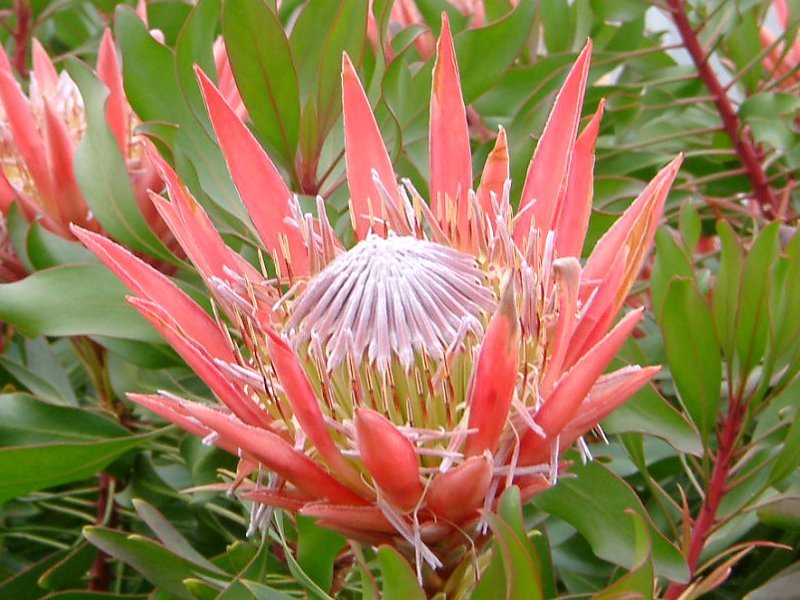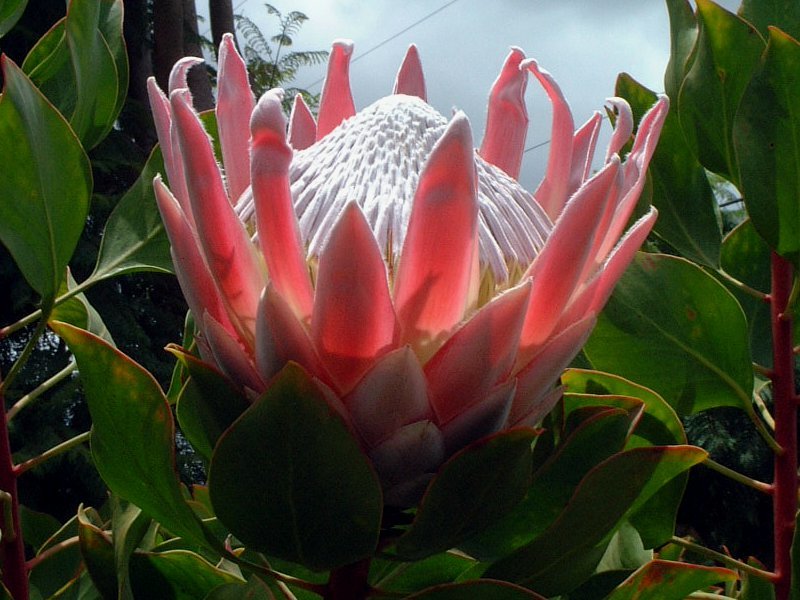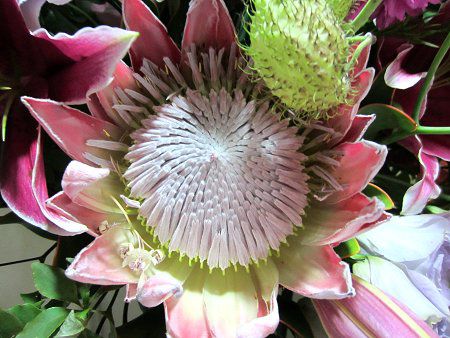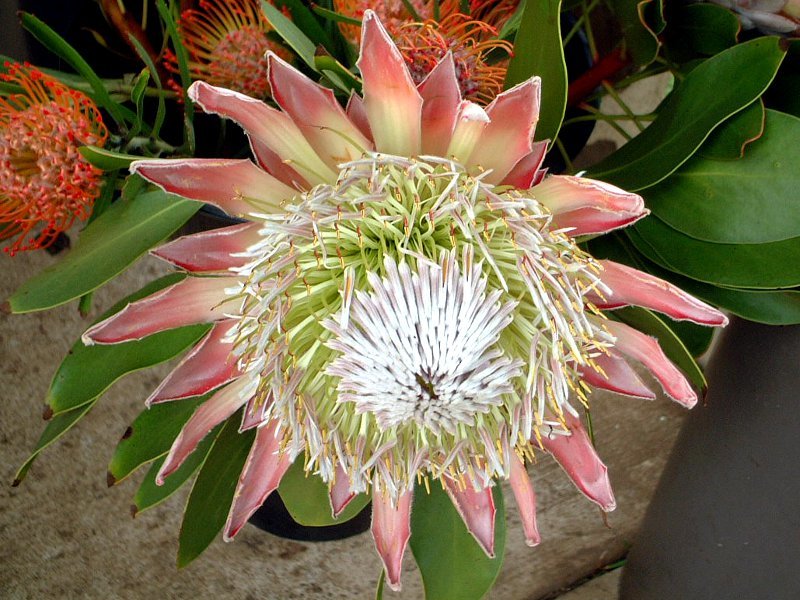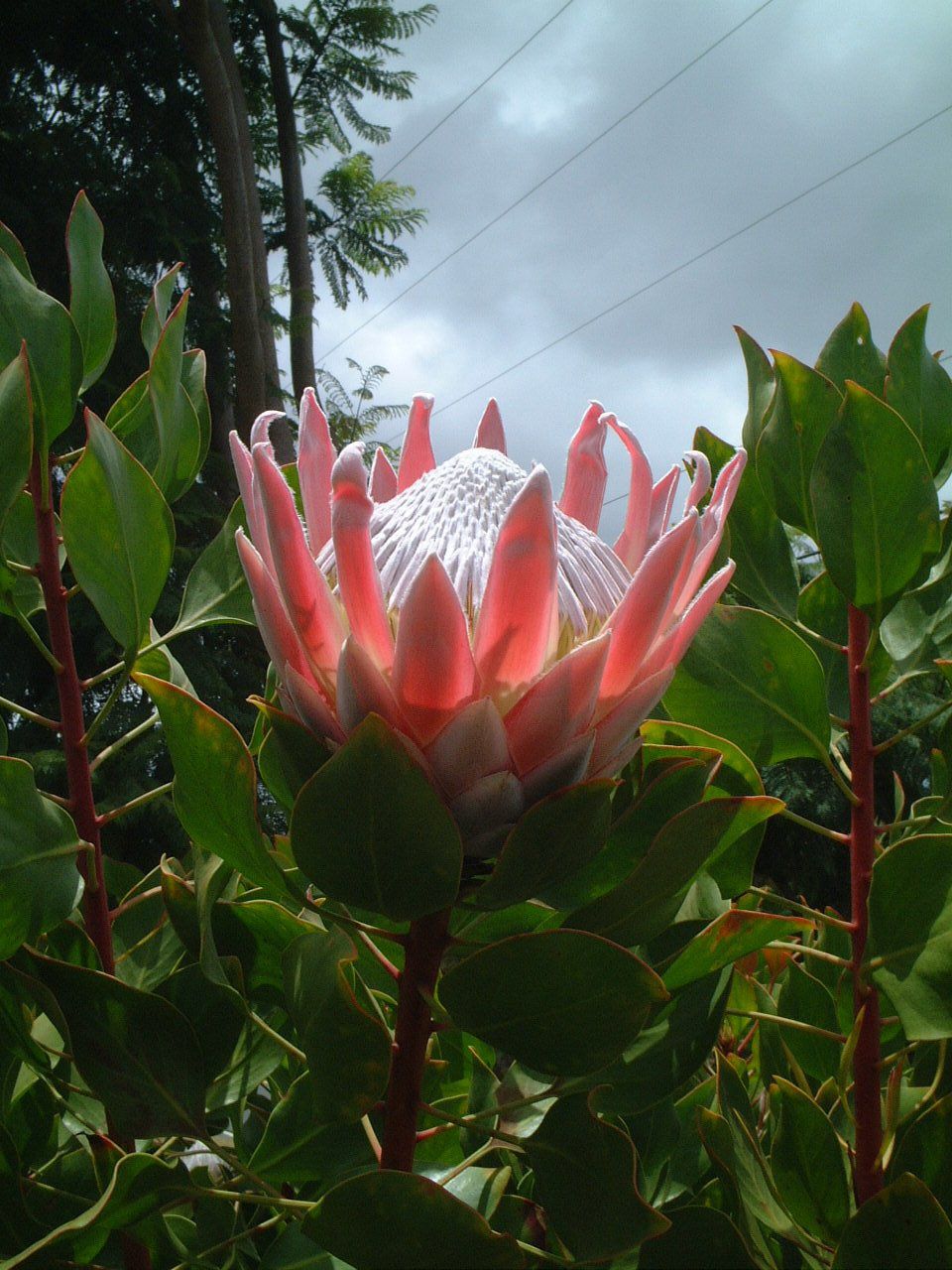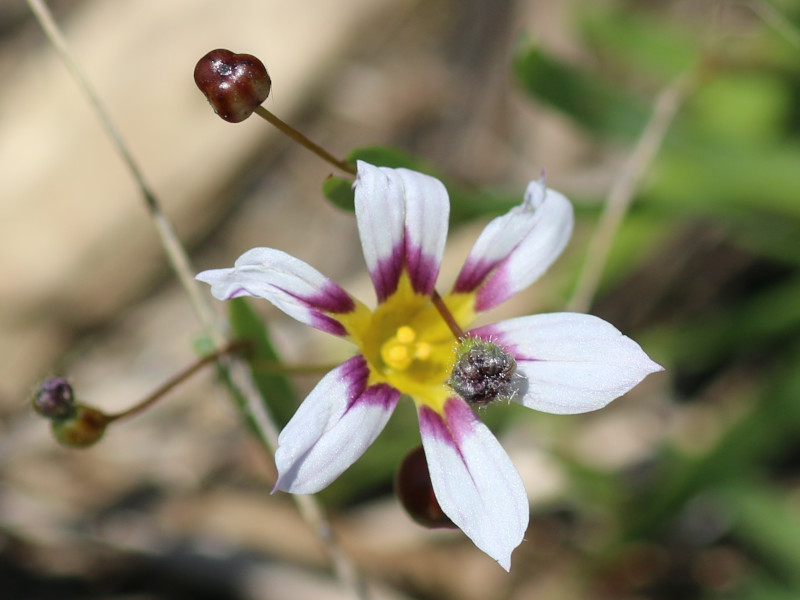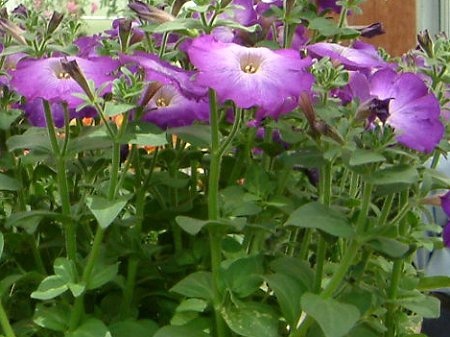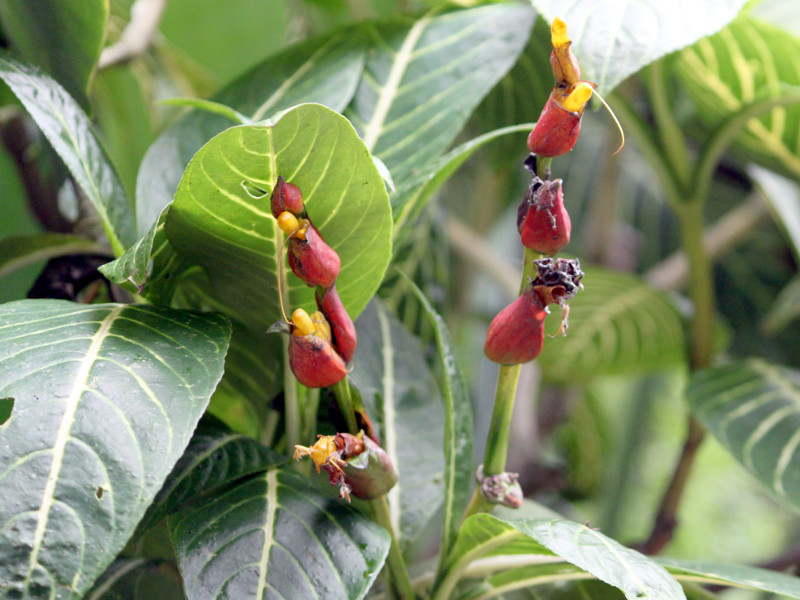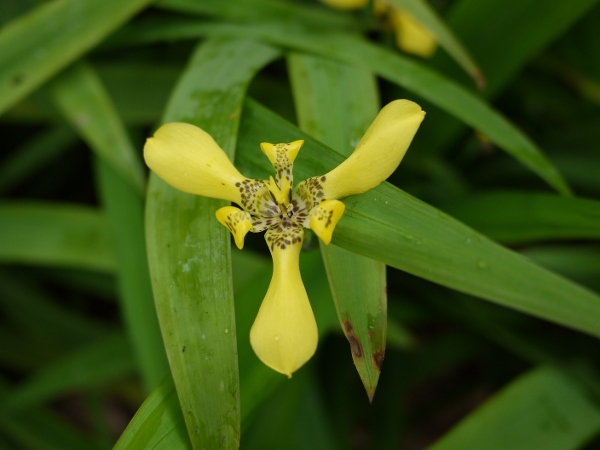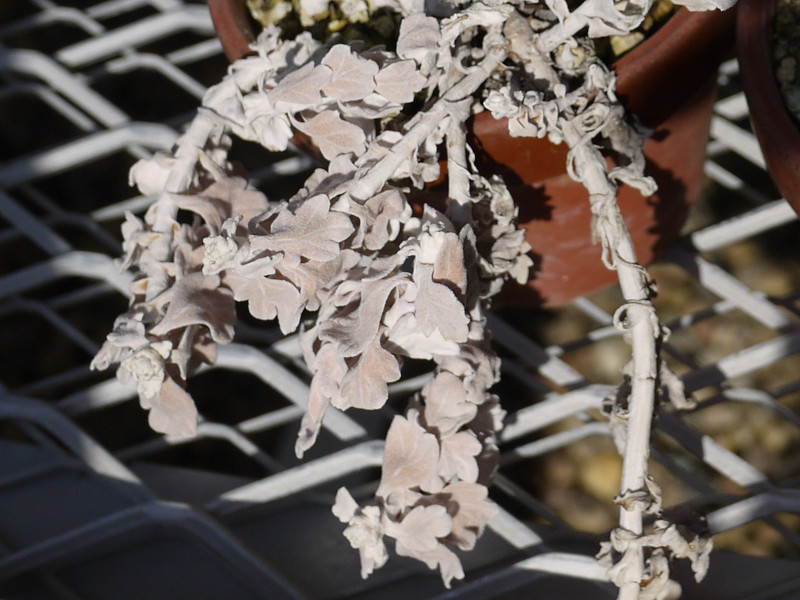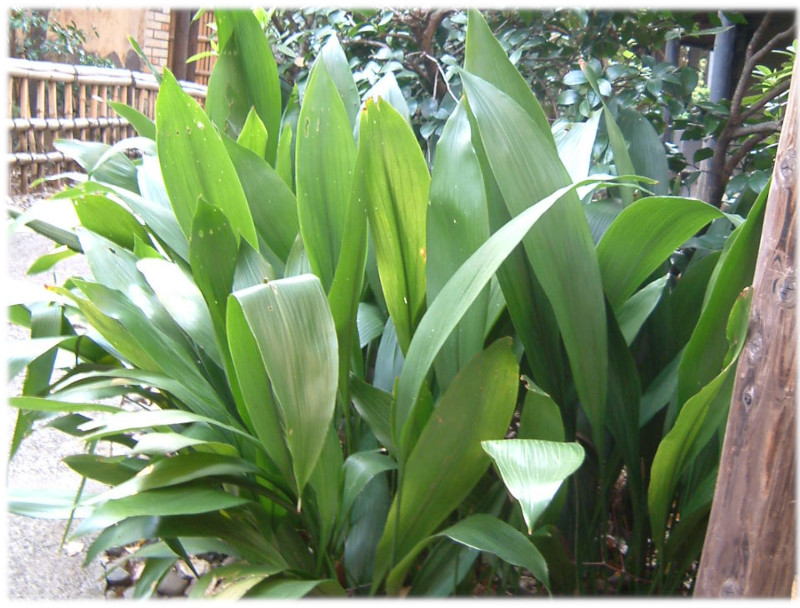King Protea
- Flower nameKing Protea
- Scientific nameProtea cynaroides
- AliasKing Protea, プロテア・キナロイデス, キング・プロテア, ジャイアント プロテア
- Place of originSouth Africa
- Place of floweringGarden, Cut flowers, flower arrangement, Greenhouse, Botanical Gardens, Subtropical region, Potted flower
- Flowering seasonApril, May, June, October, November, December
- Language of flowers"Regal Bearing"
What is King Protea
The King Protea (scientific name: Protea cynaroides) is an evergreen shrub of the Proteaceae family native to South Africa. In its native habitat, it is widely distributed in the southwestern and southern fynbos regions, preferring acidic, nutrient-poor, well-drained environments. Known as the "King of Flowers," it is a representative species of the protea and is the national flower of South Africa. It is also referred to by its scientific name, Protea cynaroides. The plant requires a long cultivation period, taking about five years from sowing to shipping. The shrub grows to a height of 1-2 meters.
The leaves are leathery, thick, glossy, ovate, and alternately arranged. The flower can withstand drought and blooms year-round in its native habitat, but it is sensitive to humidity and blooms in Japan from April to December, excluding the summer months. The inflorescence is a head-shaped flower with a diameter of 12-30 cm, consisting of more than ten rows of sepals (involucral bracts) and comes in pink, red, and white colors. The pink, red, or white structures that appear to be petals are actually involucral bracts, with the true flower being the mass of stamens inside the bracts. The stamens rise from the outside and bloom towards the center. In its native habitat, birds like the Sugarbird (scientific name: Promerops) and beetles act as pollinators, making it both an ornithophilous and entomophilous plant.
As a tropical plant, it is commonly used in flower arrangements in hotels and restaurants in places like Hawaii. Although it used to be rare and expensive in Japan, it has become more widely imported recently and is frequently used in luxurious flower arrangements.
Similar Flowers
A plant similar to the King Protea (scientific name: Protea cynaroides) is the Pincushion (scientific name: Leucospermum spp.) of the same Proteaceae family. Protea belongs to the genus Protea, while Pincushion belongs to the genus Leucospermum.
Origin of the Name
The genus name "Protea" is derived from the Greek god Proteus, who could change his form at will. The species name "cynaroides" comes from the resemblance of its flower head to the artichoke (scientific name: Cynara scolymus) bud.
Flower Language
"Regal Bearing"
Common Name: King Protea
Scientific Name: Protea cynaroides
Synonyms: King protea, Protea cynaroides
Classification: Plantae, Angiosperms, Eudicots, Proteales, Proteaceae, Protea
Life Form: Evergreen shrub
Origin: South Africa
Habitat Distribution: Southwestern and southern fynbos regions
Soil: Prefers acidic, nutrient-poor, well-drained environments
Height: 1-2 meters, branching
Leaf Stalk: Present
Leaf Texture: Leathery, thick, glossy
Leaf Color: Dark green
Leaf Shape: Ovate/elliptical
Leaf Length: 10 cm
Leaf Width: 5 cm
Leaf Arrangement: Alternate
Flowering Period: Year-round in native habitat, April to December in Japan excluding summer
Inflorescence Type: Capitulum (head-shaped flower)
Inflorescence Diameter: 12-30 cm
Number of Sepals (Involucral Bracts): 10+ rows
Flower Color (actually the color of the involucral bracts): Pink, red, white
Uses: Garden planting, potted plants, flower arrangements, cut flowers, Ikebana, garden trees, rock gardens, dried flowers
Note: Proteoid roots
Related Pages:
King Protea (King protea, scientific name: Protea cynaroides)
Pincushions (Pincushions, scientific name: Leucospermum spp.)
